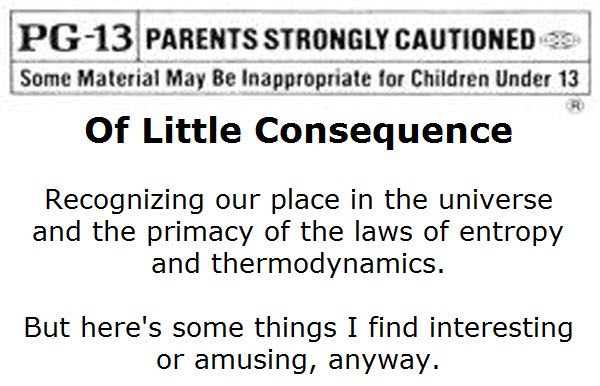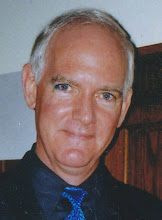Basically, the first view of the entire universe scan from the European Space Agency's Planck satellite - the successor to the COBE and WMAP projects. Amazing. The main disk of our galaxy The Milky Way and surrounding gas and dust clouds are the bright horizontal swath and swirl in the center. Even more interesting is the mottled and patterned parts of the image outside the glare of our galaxy. These show the approx 3 Deg. K Cosmic Background Radiation which permeates our view of the universe from all directions. This is the remnant of the 'Big Bang' and subsequent expansion of our universe, from about 13.7 billion years ago.
The Planck satellite will be making multiple scans of the universe over the next few years, and then with the help of computer programs, will mask out the obscuration of our galaxy and nearby stars, to show a more complete view of the structure of this universal remnant of the beginning of our universe. The study of the patterning and clustering in these images will provide crucial evidence about the nature of the universe in its very early 'expansionist' phase, before the formation of stars and galaxies.
PS: In 1965, Arno Penzias and Robert Woodrow Wilson at the Crawford Hill location of Bell Telephone Laboratories in Holmdel Township, New Jersey, had built a large radio receiver to basically test communications with satellites in space. They discovered the pervasive Cosmic Background Radiation, which they once thought was due to pigeon shit in the receiver. They were awarded the Nobel Prize in Physics for this discovery in 1978
PPS: the interchannel noise you see on television between or on unused channels -- and the static in the radio spectrum -- is also party due to this Cosmic Background Radiation, so you can actually watch something due to the 'early universe' on your TV.
Thursday, July 8, 2010
Subscribe to:
Post Comments (Atom)



No comments:
Post a Comment